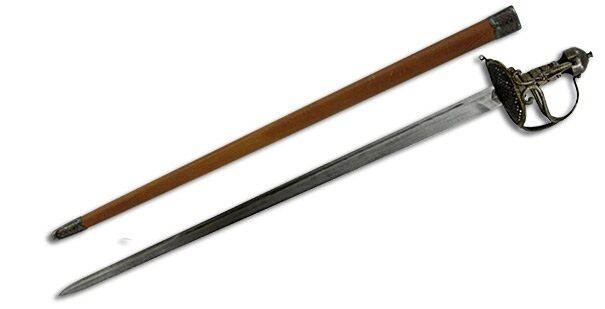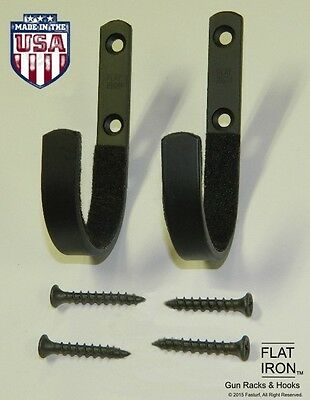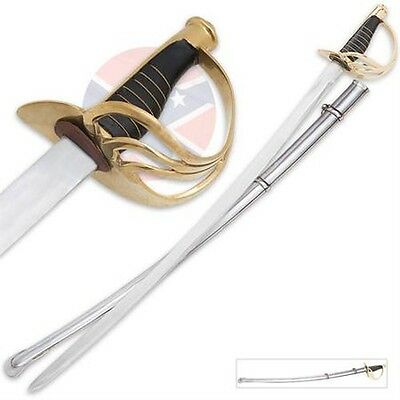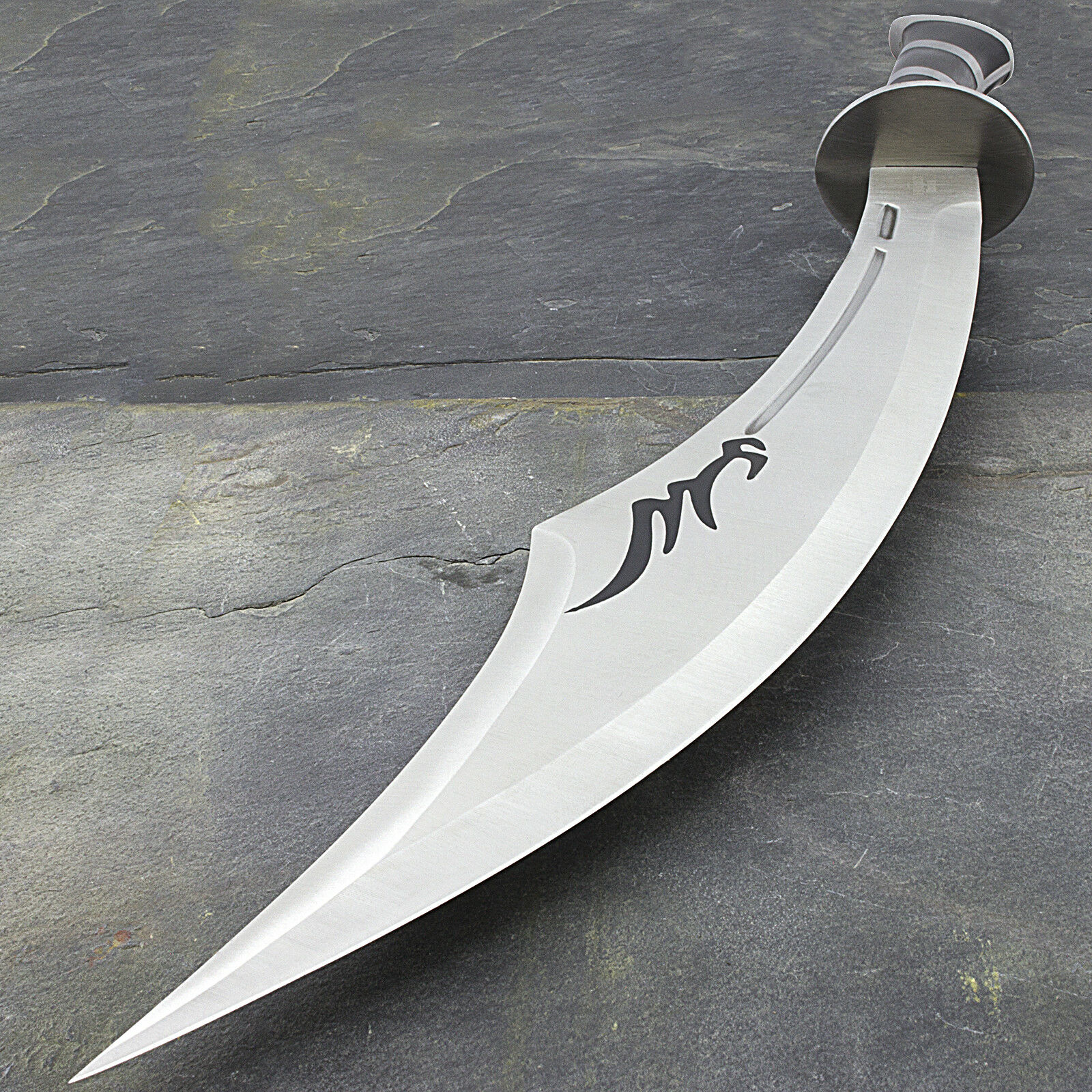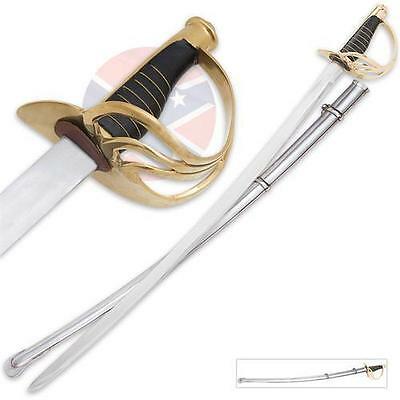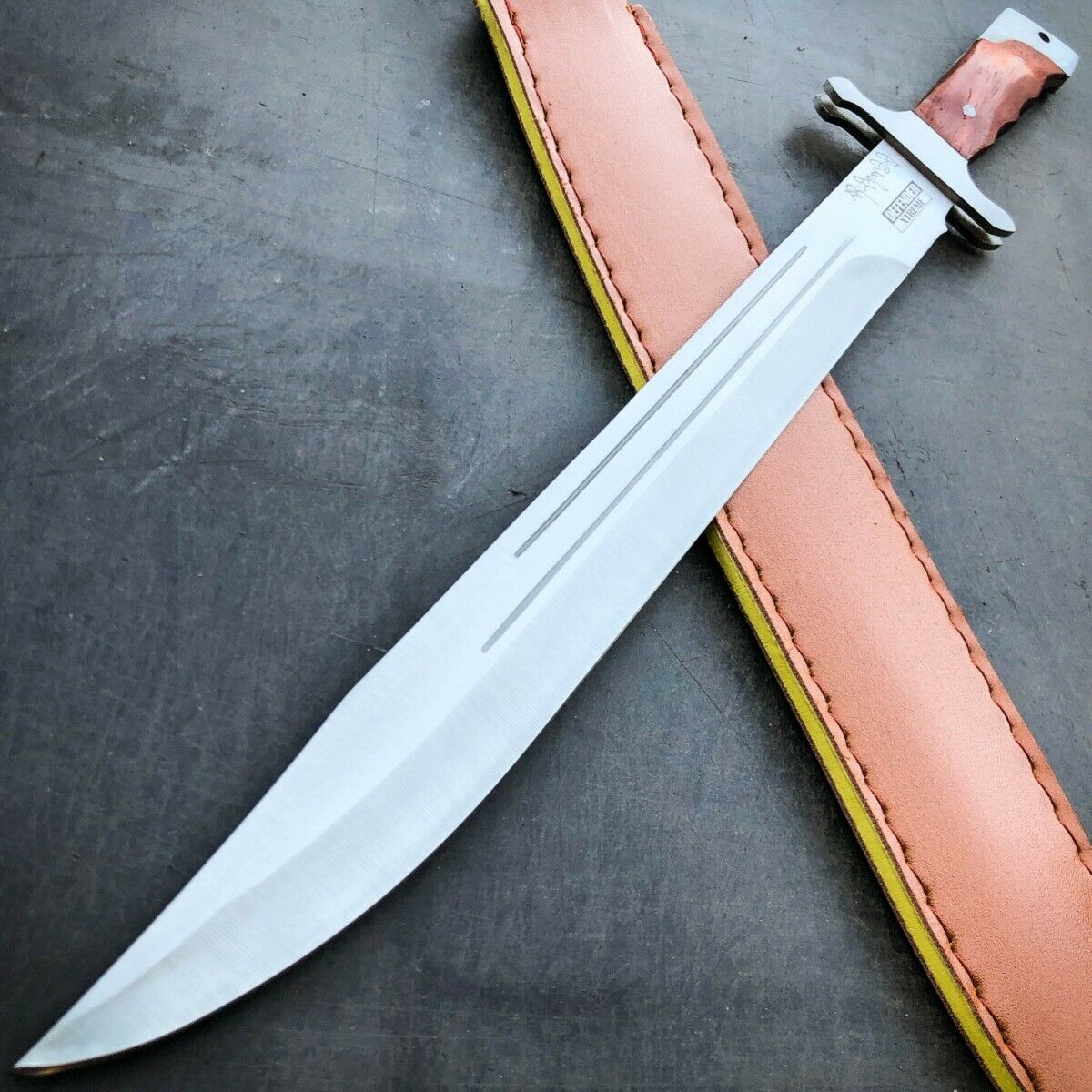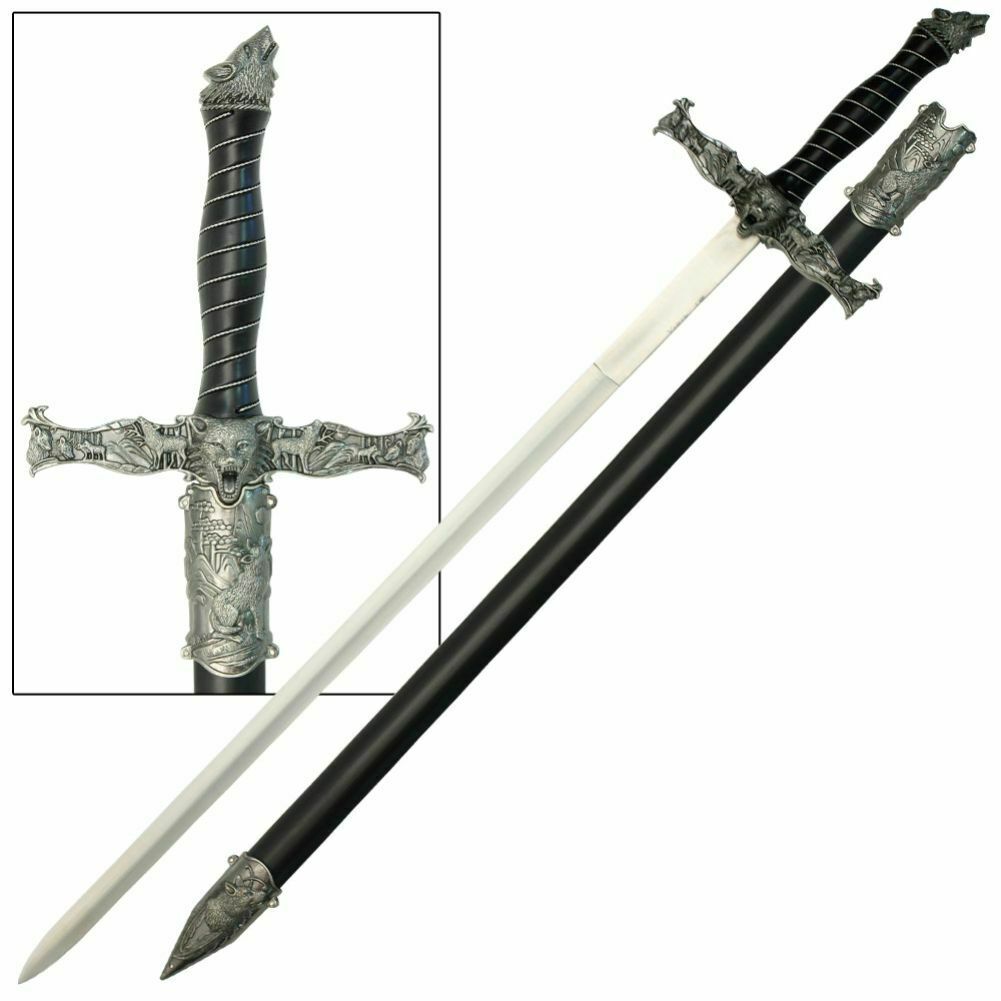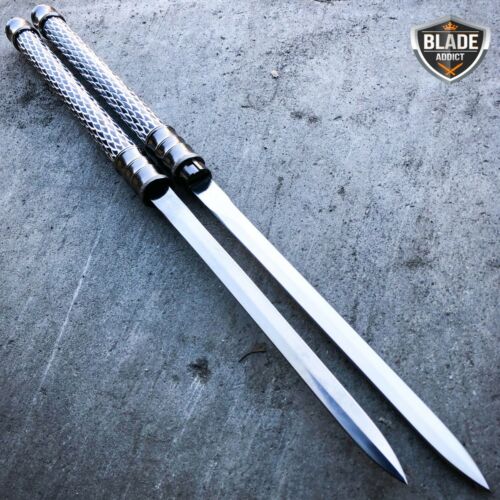-40%
Paul Chen Oliver Cromwell Sword by Hanwei - Authentic Replica - battle ready
$ 287.76
- Description
- Size Guide
Description
Paul Chen Oliver Cromwell Sword -Historically Authentic Replica of Original
by Hanwei
Item #
SH1049
The Paul Chen Oliver Cromwell Sword
Oliver Cromwell (1599 - 1658) was a powerful figure in English history during and after the English Civil War, when he rose from the rank of Captain of Horse to Lord Protector of England. His sword, said to have been carried at the battle of Drogheda in 1649, has been remarkably well preserved and is displayed in the permanent collection of the Royal Armouries in Leeds, England. The Paul Chen Cromwell Sword is an accurate replica of the original "mortuary" hilt style and features a blackened guard decorated in a gold foliage pattern with a wire-wound sharkskin grip. As the original sword now lacks a scabbard , Cas Hanwei has provided a design typical of the period. This piece of English history is a must for the ECW collector and re-enactor.
This fully functional saber sword is tailored to meet the demands of reenactment and stage combat.
Overall Length: 43 1/2"
Sword Weight: 3 lb. 4 oz
Blade Length: 32 3/4"
Blade Material: Forged High-Carbon steel blade
Handle Length: 6"
Handle Material: Blackened guard decorated in a gold foliage pattern; wire-wound sharkskin grip
Excellent handling and balance
Point of Balance: 3 1/2"
Point of Harmonics: 21"
Width at Guard: 1.35"
Width at Tip: .77"
Thickness at Guard: .23"
Thickness at Tip: .13"
Specs will vary slightly from piece to piece.
Historically Authentic Replica of Original
Factory: Hanwei China
Designer: Paul Chen
Rated: Fully Functional
Warning:
All Edged Weapons, Battle Ready or Not, May Injure, Kill
and/or Become Damaged if Used Improperly
You must be at least 19 years of age in order to purchase any knife or sword from this site. By ordering any knife or sword you are certifying that you are at least 19 years of age. Purchaser is responsible for compliance with all applicable laws and regulations, which may vary. By accepting delivery purchaser agrees that RealCoolSavings and affiliated companies and individuals have no liability to purchaser, or any person whatsoever arising from any use of products purchased from this site.
Sword Care Do and Don't
Sword Do's & Don'ts:
All edged weapons, battle ready or not, may injure, kill and/or become damaged if used improperly. Follow these do's and don'ts to safely enjoy your sword(s) for years to come.
Use common sense. Do not swing any edged weapon carelessly. Keep in mind that your sword, battle ready or not, is still a potential weapon that can injure or kill someone. Although we all have a "warrior" inside of us, we are not always on a battlefield. Make sure you are in an area where you can swing your weapon without hitting someone or something. Swords can also slip out of your hands. Selling your sword to pay for a lawsuit settlement is a big bummer. Be very careful and use common sense when handling your sword.
Do not bang your sword against another sword in theatrical-style duel . Do not bang your sword against any hard object to test its strength or the "sound" of the steel as it hits a hard object. No matter how tough or strong the steel is in any sword, it will nick when struck against something equally hard. In stage plays or in movies, theatrical swords with wide, thick edges are used. The edges are flat and often as much as 1/16 inches wide. Such theatrical swords are designed to take the flashy looking punishment of banging edges together. Your sword is not a theatrical sword. Your sword is a real weapon, designed so that they could fight in the manner that the originals were actually used. Since the cutting edges could easily be sharpened and were often used for slashing, parries were made with the flat of the blade (not the edges) or were simply avoided altogether. Real swords were never used for the theatrical style sword banging that movies or stage plays rely on to liven up action sequences.
Do not attempt to chop down a tree with your sword. Such an activity is guaranteed to damage your sword. Axes and machetes are well designed for this with the weight of the steel concentrated over the point of percussion. When you strike a firmly fixed object like a tree or a thick branch with a sword, a great deal of the blade projects past the object being cut, causing the blade to bend or torque. It should be pointed out that the Japanese, who believe in a lot of practice with the sword, used thick bamboo. The bamboo was resistant to a cut, but didn't have the rigidity of a tree, and so would not have damaged a valuable blade. For a Japanese warrior to cut in to a tree would have been unthinkable.
